Have you ever felt overwhelmed, anxious, or disconnected from yourself in the hustle of modern American life? If so, you’re not alone, and that’s exactly why more and more people in the U.S. are turning to yoga. But yoga is more than just stretching or trendy classes. It’s a powerful tool for healing, awareness, and inner strength, and anyone can do it.
What Is Yoga? A Deeper Look
Yoga, from the Sanskrit word “Yuj,” meaning “to unite,” is a holistic system designed to bring balance between the mind, body, and spirit. It originated in ancient India over 5,000 years ago as both a physical and spiritual practice.
But in today’s world, especially in the fast-paced lifestyle of many Americans, yoga has become an essential wellness practice to reconnect with ourselves and slow down.
In this simple guide, I’ll walk you through what yoga truly is, why it’s becoming essential for our modern lives, a bit of its rich history, and how you can begin your practice today, no experience needed.
Why Yoga Matters More Than Ever in the U.S.?

In the United States, stress, anxiety, and burnout are at record highs. According to the American Psychological Association, over 75% of Americans report feeling stressed regularly. And that’s where yoga shines.
✨ Here’s how yoga is transforming lives in the U.S.:
- Mental health support – Proven to reduce symptoms of anxiety, depression, and PTSD
- Chronic pain relief – Helps people with back pain, arthritis, migraines, and more
- Lifestyle change – Encourages mindful eating, better sleep, and conscious living
- Community connection – Yoga studios have become safe spaces for healing and belonging
More than 36 million Americans now practice yoga, and the number keeps growing because it really works.
A Glimpse into the History of Yoga

Yoga was first mentioned in ancient Indian texts called the Vedas, and later deeply explored in the Yoga Sutras of Patanjali around 200 BCE, which outline the philosophy of yoga as an eightfold path, including:
- Ethical principles (Yamas & Niyamas)
- Postures (Asanas)
- Breath control (Pranayama)
- Meditation (Dhyana)
- Enlightenment (Samadhi)
Yoga was brought to the West in the late 19th and early 20th centuries, and truly blossomed in the U.S. during the 1960s and 70s, thanks to spiritual teachers and cultural openness.
Famous U.S. Yoga Instructors Who Have Passed Away
As yoga grew in America, many incredible instructors shared their wisdom and helped to shape yoga into what it is today. Here are a few beloved U.S.-based instructors who are no longer with us but left an unforgettable legacy and their techniques:
🕯️ B.K.S. Iyengar (1918–2014)
Though not American, his influence in the U.S. was massive. He founded Iyengar Yoga, known for precision, alignment, and the use of props. His book “Light on Yoga” is still a bible for many practitioners.
🕯️ Pattabhi Jois (1915–2009)
Founder of the Ashtanga Yoga system. Many American teachers trained under him and brought his method to U.S. studios.
🕯️ T.K.V. Desikachar (1938–2016)
Known for making yoga more personalized and therapeutic. His work strongly influenced U.S. therapeutic yoga models.
🕯️ Deborah Szekely (born 1922, passed 2024)**
Founder of Rancho La Puerta and a pioneer in combining fitness, yoga, and holistic health in the West.
These trailblazers helped translate yoga’s ancient wisdom for modern Western life — and we carry their spirit in every practice.
How to Start Your Yoga Journey (the Easy Way)

You don’t need to be flexible, spiritual, or fit to begin. You just need curiosity and a willingness to show up.
Start with:
- A simple 10-minute routine
- A calm space and a yoga mat
- Open mind, kind breath, gentle movement
Try gentle Hatha or Vinyasa yoga, or Restorative yoga if you’re looking to de-stress after a long day.
Try our FREE 7-Day Beginner Yoga Plan
👉 Download 7 Days Yoga Plan For Beginners
Best Time to Do Yoga Based on Your Lifestyle

🌅 1. Morning Yoga (6 AM – 9 AM)
Best for:
- Busy professionals
- Parents with young kids
- Anyone who wants an energy boost and mental clarity
Benefits:
- Sets a calm, focused tone for the day
- Boosts metabolism and circulation
- Enhances discipline and consistency
- Great for sun salutations, energizing flows, and intention-setting
✅ Try: Vinyasa Flow, Hatha Yoga, or 15-Min Morning Routines
☀️ 2. Midday Yoga (11 AM – 1 PM)
Best for:
- Remote workers
- Retirees or flexible schedules
- Students needing a study break
Benefits:
- Improves digestion and posture
- Relieves mid-day stress or stiffness
- Offers a healthy alternative to coffee breaks
✅ Try: Gentle Core Flow, Seated Yoga at a Desk, or Standing Poses
🌇 3. Evening Yoga (5 PM – 8 PM)
Best for:
- 9-to-5 workers
- Anyone seeking stress relief after a long day
- People who can’t wake up early
Benefits:
- Relieves tension and anxiety
- Helps transition from “work mode” to “relax mode”
- Supports digestion and sleep if done gently
✅ Try: Yin Yoga, Restorative Yoga, or Deep Stretch
🌙 4. Night Yoga (8 PM – 10 PM)
Best for:
- Night owls
- People struggling with sleep
- Overthinkers or those with anxiety
Benefits:
- It slows the heart rate and calms the nervous system
- Prepares body and mind for deep sleep
- Can become a part of your wind-down routine
✅ Try: Bedtime Yoga, Legs-Up-the-Wall, Child’s Pose, Breathwork
Best Time Based on Your Goal:
| Your Goal | Ideal Time | Recommended Style |
|---|---|---|
| Increase Energy | Morning | Vinyasa, Power Yoga |
| Reduce Stress/Anxiety | Evening or Night | Restorative, Yin, Gentle Flow |
| Improve Flexibility | Evening (muscles warm) | Deep Stretch, Yin Yoga |
| Build Strength | Morning or Midday | Hatha, Core Flow, Ashtanga |
| Sleep Better | Night | Yoga Nidra, Relaxation Sequence |
| Meditate and Reflect | Sunrise or Night | Pranayama + Meditation |
💡 Emily’s Tip:
“The best time to do yoga is when you’ll actually do it. It’s not about perfection, it’s about showing up for your body and mind, consistently, even for just 10 minutes.”
18 Proven Benefits of Doing Yoga (and Why It Works)

Whether you’re a first-time yoga practitioner or returning after a break, yoga offers a wide range of science-backed benefits for your body, mind, and life. Here are 18 powerful reasons why yoga is one of the most effective practices for modern Americans:
🧘♀️ Physical Benefits
- Improves flexibility – Reduces stiffness and increases range of motion
- Builds muscle strength – Supports joint health and posture
- Improves posture – Reduces back and neck pain caused by sitting
- Boosts balance and coordination – Especially helpful as we age
- Supports heart health – Lowers blood pressure and heart rate
- Enhances lung capacity – Through breath control (pranayama)
- Boosts immune function – Linked to reduced inflammation
- Improves digestion – Certain poses stimulate internal organs
🧠 Mental & Emotional Benefits
- Reduces stress – Activates the parasympathetic nervous system
- Eases anxiety and depression – Proven mood-lifter
- Increases mindfulness and focus – Helps you live in the present
- Improves sleep quality, especially through restorative poses
- Sharpens memory and cognitive function, Especially in older adults
🌿 Lifestyle & Long-Term Benefits
- Promotes healthier lifestyle choices – Mindful eating, less screen time
- Increases energy and vitality – Leaves you feeling refreshed, not drained
- Creates a consistent self-care routine – Builds discipline and peace
- Helps with addiction recovery and trauma healing – Used in many U.S. programs
- Builds a sense of community and belonging – Especially in studio settings or online yoga groups
💡 Did You Know?
Studies show that practicing yoga just 2–3 times a week can significantly reduce cortisol levels (the stress hormone) and increase serotonin (the happiness hormone). That’s why more doctors and therapists across the U.S. now recommend yoga for mental and emotional well-being.
Final Thoughts from Emily
Yoga isn’t about doing the perfect pose. It’s about coming home to yourself, especially in a world that keeps pulling you in a hundred different directions.
If you’re an American feeling tired, anxious, or disconnected, yoga offers a way back to peace, strength, and clarity.
🧘 It’s never too late. Take a deep breath. Begin where you are.
Want a simple way to begin? Download our FREE 7-Day Beginner Yoga Plan.
Frequently Asked Questions (FAQs)
What exactly is yoga?
Yoga is a mind-body practice that combines physical poses, controlled breathing, and meditation or relaxation.
Is yoga a religion?
No, yoga is not a religion. While it has spiritual roots, especially in Hindu and Buddhist traditions, most people today practice yoga for stress relief, fitness, and inner peace.
Can beginners do yoga even if they’re not flexible?
Absolutely! Flexibility is not a prerequisite for starting yoga. Practicing yoga regularly helps improve flexibility over time.
What are the benefits of yoga for beginners?
Yoga can improve your posture, reduce stress, help with sleep, boost energy levels, increase strength, and promote a sense of calm and focus.
How often should I practice yoga as a beginner?
For beginners, 2–3 sessions per week is a great start. Even short 10–20 minute sessions can make a difference. The key is consistency, not perfection.
Do I need special equipment to start yoga?
Not really. A yoga mat is helpful for comfort and grip, but you can start on a towel or carpeted floor. Comfortable clothes and a quiet space are all you need to begin.
What’s the best time to do yoga?
Many people prefer morning yoga for energy or evening sessions to relax after a long day. The best time is whenever it fits into your schedule and feels good for your body.
Can I learn yoga at home?
Yes! There are plenty of beginner-friendly Blogs, YouTube channels, apps, and online classes that guide you step-by-step.
Is yoga a good workout for losing weight?
Yoga supports weight loss by reducing stress, improving body awareness, and promoting better eating habits. Active forms like Power Yoga or Vinyasa can also help burn calories.
Are there different types of yoga? Which one is best for beginners?
Yes, there are many types! Hatha yoga is great for beginners because it’s slower-paced and focuses on basic poses.
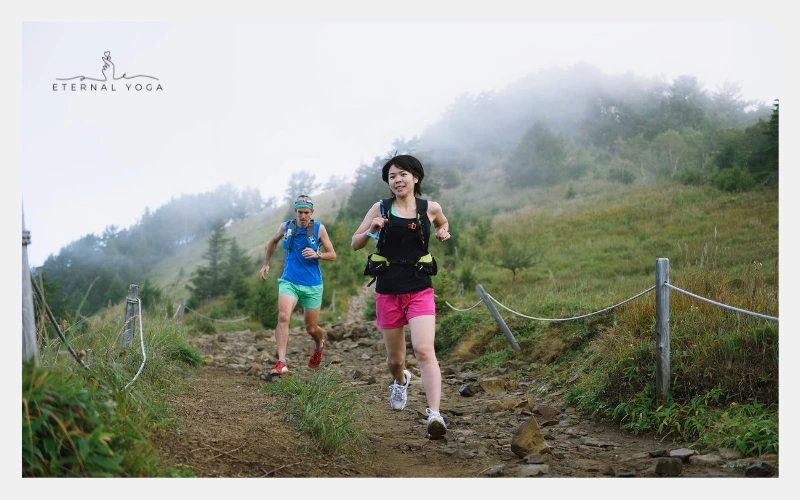
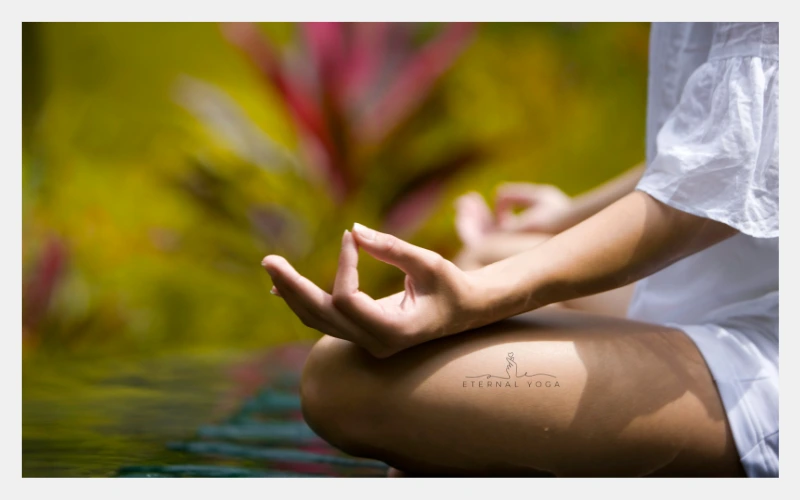
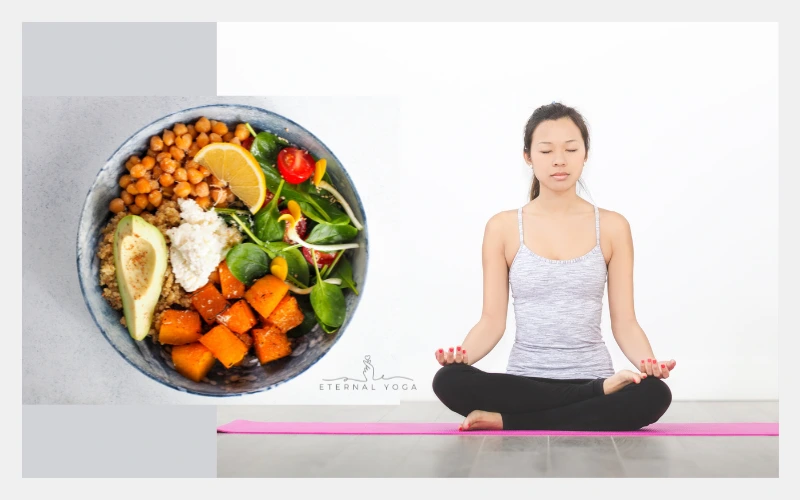
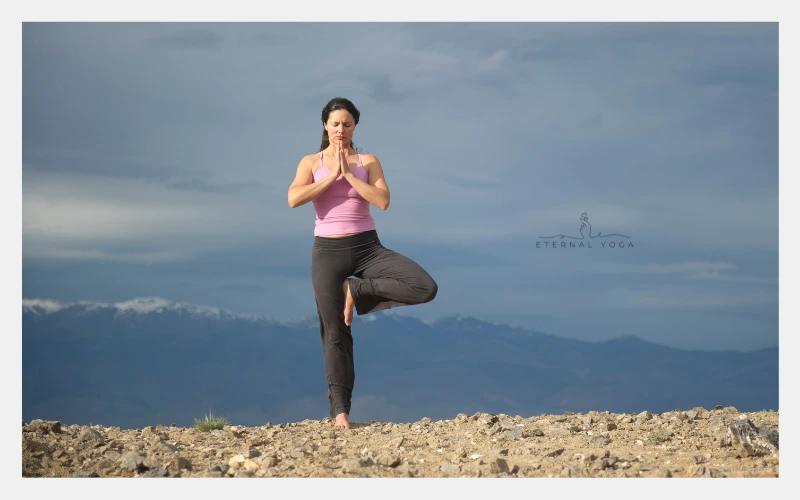

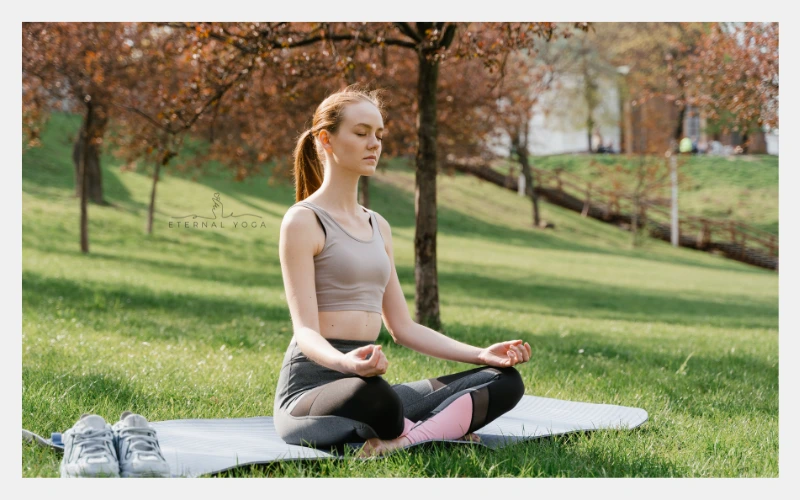
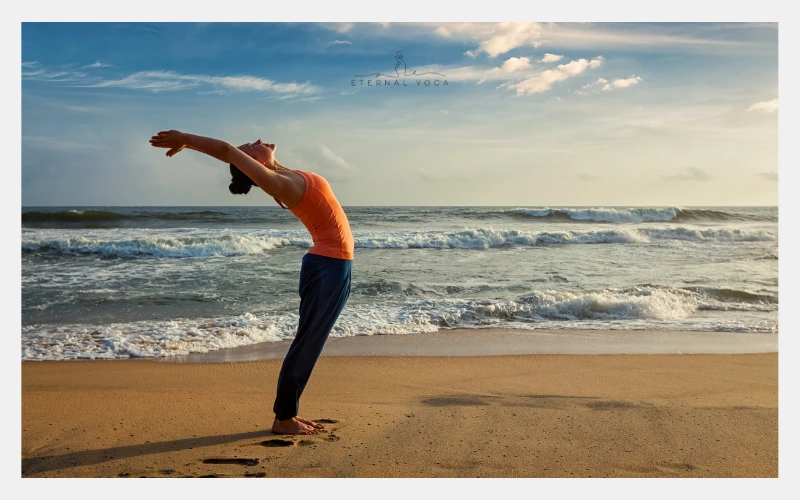
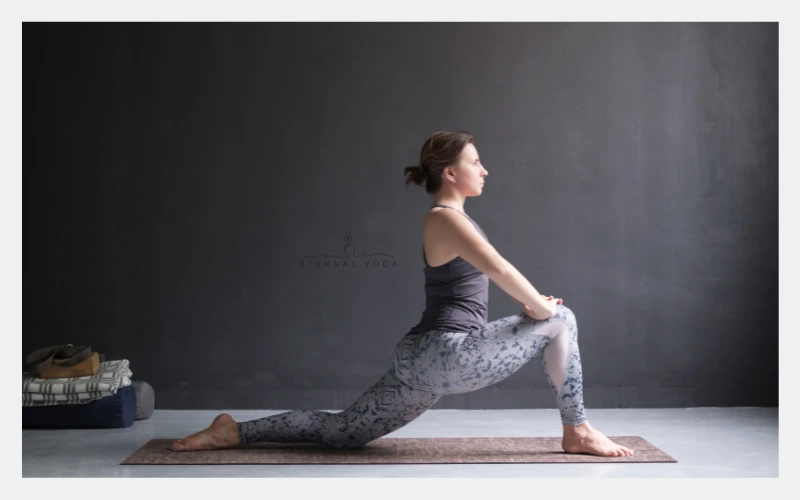
Where I can find it?
The matchless message 😉
Thanks avenue18
Your article is well organized. Thanks for the pdf guide
Thanks Sanju